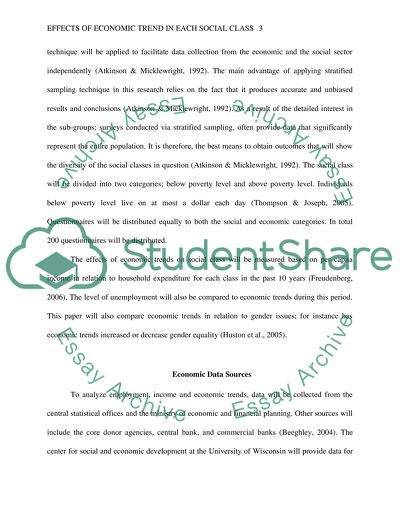Cite this document
(“Effects of economic trends on each social class Research Proposal”, n.d.)
Effects of economic trends on each social class Research Proposal. Retrieved from https://studentshare.org/sociology/1476771-effects-of-economic-trends-on-each-social-class
Effects of economic trends on each social class Research Proposal. Retrieved from https://studentshare.org/sociology/1476771-effects-of-economic-trends-on-each-social-class
(Effects of Economic Trends on Each Social Class Research Proposal)
Effects of Economic Trends on Each Social Class Research Proposal. https://studentshare.org/sociology/1476771-effects-of-economic-trends-on-each-social-class.
Effects of Economic Trends on Each Social Class Research Proposal. https://studentshare.org/sociology/1476771-effects-of-economic-trends-on-each-social-class.
“Effects of Economic Trends on Each Social Class Research Proposal”, n.d. https://studentshare.org/sociology/1476771-effects-of-economic-trends-on-each-social-class.


